Fall Prevention: Are Falls Preventable?
Falls are a leading cause of injury, especially for older adults, but they’re often preventable. Learn effective tips to reduce fall risks at home, enhance mobility, and ensure safety. Protect your loved ones by taking proactive steps toward fall prevention

Introduction
Falls are defined as an unexpected, sudden event resulting in a person losing stability and balance. Falls can be caused by slips, trips, or loss of consciousness and can result in serious injuries and sometimes death. According to the World Health Organization, falls are the second leading cause of accidental or unintentional injury deaths worldwide. It is estimated that falls result in 3 million injuries and 37,000 deaths each year in the United States alone.
It is important to discuss the topic of preventing falls as it can help to reduce the risk of injury or death, improve quality of life and provide independence. Even a minor fall can have serious repercussions, leading to debilitating injuries, disabilities, or even death. This guide will look at different strategies and considerations for fall prevention, from aged care to medication awareness, so that you can learn ways to protect yourself and your loved ones.
Understanding Falls in Older Adults
Falls are a significant threat to the health and independence of older adults. According to the Centers for Disease Control and Prevention (CDC), more than one in four people aged 65 years or older fall each year. These falls can lead to serious injuries, including broken bones, head trauma, and even death. Understanding the causes of falls in older adults is crucial to preventing them. By recognizing the risk factors and taking proactive measures, we can help older adults maintain their independence and reduce the likelihood of falls.
What Causes Falls in Older Adults?
Falls in older adults can be caused by a combination of factors, including:
- Age-related changes: As we age, our strength, flexibility, and balance can decrease, making us more prone to falls.
- Chronic health conditions: Conditions such as arthritis, diabetes, and heart disease can affect mobility and balance.
- Medication side effects: Some medications can cause dizziness, drowsiness, or other side effects that increase the risk of falling.
- Vision problems: Issues like cataracts and glaucoma can impair vision, making it harder to see potential hazards.
- Environmental hazards: Slippery floors, uneven surfaces, and poor lighting can all contribute to falls.
- Lack of physical activity and exercise: Regular physical activity helps maintain strength and balance, reducing the risk of falls.
By understanding these factors, we can take steps to mitigate them and create a safer environment for older adults.
Aging and Fall Prevention in Older Adults
Falls in the elderly population can be dangerous, resulting in injury, hospitalization, and even death. In fact, falls are one of the leading causes of unintentional injury death for seniors over 65 years old. To reduce the risk of falls, proper aged care is vital. This includes fall prevention strategies, maintaining nutritional needs, and being aware of the risks of aging.
Strategies for Preventing Falls
It is important to have an appropriate fall plan in place for those who may be at risk. Establishing a regular exercise routine is crucial for fall prevention as it enhances strength, balance, and overall health. Some ways to reduce the risk of falls include:
- Improving balance and strengthening the muscles in the legs or using assistive devices to aid in mobility. For example, in sit-to-stand exercises, it is essential to lean forward, engage the glute muscles, and slowly rise to a standing position to build strength and ensure balance.
- Getting eyesight checked regularly and wearing corrective lenses if needed
- Making sure the home is free of clutter, and that flooring is non-slip
- Using grab bars or cane in the bathroom, and installing night lights for nighttime navigation
Nutritional Needs
Maintaining a healthy diet is also important for the elderly to protect from falls. Eating nutritious meals provides the body with the vitamins and minerals necessary for strength and energy. Foods like fruits and vegetables are excellent sources of essential vitamins and minerals.
Risks of Aging
Along with an increased risk of falling, even a minor fall can have serious consequences for older adults, leading to debilitating injuries, fractures, or even death. Physical changes that occur as we age can increase risk factors. Issues such as vision loss, muscle weakness, reduced sensation in the feet, and slower reaction time can all contribute to an increased risk of falls. It is important to be aware of these conditions and take steps to reduce the risk of falling.
Assessing Fall Risk
Assessing fall risk is an essential step in preventing falls in older adults. Healthcare providers can use various tools and assessments to identify individuals at risk of falling. By evaluating risk factors and potential fall hazards, we can develop personalized plans to prevent falls and maintain independence.
Take the Falls Free Checkup
The Falls Free Checkup is a valuable resource developed by the CDC to help healthcare providers assess fall risk in older adults. This checkup includes a series of questions and assessments designed to identify potential fall hazards and risk factors. By using the results of the checkup, healthcare providers can create a personalized plan to prevent falls. This plan may include recommendations for physical activity, home modifications, and medication adjustments to reduce the risk of falling.
Identifying Potential Fall Hazards at Home
Falls can lead to serious injury, especially in the home environment where being alert is essential. Taking proactive steps to prevent falls is important. Whether it’s an elderly parent or a young child, everyone should know the steps to lower the risks of falls and how to properly react if one happens.
All areas of the home should be considered when evaluating fall prevention. Here are some tips to help decrease the risk of falls:
- Keep floors clear of clutter and remove any tripping hazards
- If you have stairs, make sure they are properly lit and have handrails on both sides
- Install handrails in bathrooms and other slippery areas
- Ensure that rugs are secured to the floor and will not slip
- Keep bathroom mats free of water
- Make sure all electrical cords are tucked away
- Install grab bars in the shower/bath tub area
- Store things you use often within easy reach
- Check for any loose carpeting or identified worn wood, tile, or linoleum
For seniors, there may be additional considerations such as installing ramps, widening doorways, or using a raised toilet seat. Speak to your doctor about additional recommendations to improve safety in the home.
Home Safety Modifications
Home safety modifications are an essential part of preventing falls in older adults. Some potential modifications include:
- Installing handrails and grab bars: Place these in strategic locations, such as stairs and bathrooms, to provide support and stability.
- Improving lighting: Ensure that all areas, especially those with poor visibility, are well-lit to reduce the risk of tripping.
- Removing tripping hazards: Eliminate throw rugs, cords, and other obstacles that could cause a fall.
- Installing non-slip mats and strips: Use these in bathtubs and showers to prevent slipping.
- Rearranging furniture: Create clear pathways for walking by moving furniture out of the way.
By understanding the causes of falls in older adults and assessing fall risk, healthcare providers and individuals can take proactive steps to prevent falls and maintain independence. Implementing these strategies can significantly reduce the risk of falls and improve the quality of life for older adults.
Fall Prevention Outside
When it comes to falls outside, there are some specific considerations to bear in mind. Many of the same principles apply, but there are often additional hazards to be aware of.
The first and most obvious consideration is the terrain. If you are walking on rocky or uneven ground, you need to be especially careful. Make sure to use the right shoes for the terrain, as this can help you maintain your balance. Wear appropriate footwear, avoid loose clothes or accessories that could trip you up, and always take your time when navigating a variety of surfaces.
Make sure that the pathways you are taking are well-lit. Poor lighting can increase your chances of falling. You should also ensure that all pathways and steps are free from debris and clutter, as this can also lead to slips and trips.
Finally, be aware of your surroundings. Stay alert and keep an eye out for potential hazards, such as broken glass or slippery surfaces, and be prepared to adjust your route if necessary.
Medication, Physical Activity, and Exercise Routine
Falls can be caused by a variety of factors, including medications and physical activities. Engaging in specific exercises aimed at balance and strength can effectively reduce the risk of future falls, particularly for elderly adults and those feeling unsteady. To reduce the risk of falls, it is important to pay attention to your physical activity levels, as well as the medications you are taking.
Regular physical activity can help maintain balance, strength, and flexibility, which can all help prevent future falls. Moderate-intensity activities such as walking, biking, or swimming are recommended. Talk to your doctor and physical therapist about the types of activities that are right for you. The sit-to-stand exercise, where you slowly sit and stand up with control, is particularly beneficial for improving leg strength and balance.
Certain medications can also increase the risk of falls. A healthcare provider may recommend changing the type or dosage of a medication if there is concern that it is causing frequent falls. Furthermore, combining certain medications, including vitamins and supplements, can also increase the risk of falls. Always speak to your healthcare provider before making changes.
Medicare also provides coverage for medical equipment, such as walkers or wheelchairs, that can help reduce the risk of falls. Additionally, items such as raised toilet seats, grab bars, and handrails can help make your home safer and easier to navigate.
Mental Health and Mental Awareness
Mental health and mental awareness are important for our overall wellbeing, and they can impact our ability to avoid falls. Exhaustion, stress or anxiety can affect our concentration levels, balance and coordination skills, all of which can make us more prone to falls.
Health care providers play a crucial role in promoting mental health and fall prevention strategies. They can guide patients on how to manage stress and anxiety, and provide resources like the CDC's STEADI site to help reduce fall risks.
Here are a few tips on how to stay mentally healthy and alert:
- Take regular breaks from activities.
- Seek help if you’re feeling overwhelmed or exhausted.
- Reduce stress by carrying out calming tasks such as reading, painting or writing.
- Stay connected to family and friends by staying in touch and visiting when possible.
- Exercise regularly to boost your mood and energy levels.
- Set goals and be realistic about what’s achievable. Don’t overstretch yourself.
If you think you need more support with your mental health, speak to your doctor or contact a mental health organisation such as Beyond Blue or Lifeline.
Creating a supportive community is key to fall prevention. Whether you live in an urban or rural community, there are many ways to ensure the wellbeing of all members. Here are some tips on how to create a safe neighborhood:
- Organize activities like sports for kids and teens or a walking group for seniors.
- Provide clear and visible signage for roads, pathways, and buildings.
- Connect with local authorities to ensure proper sidewalk maintenance.
- Keep public areas free from debris that could cause slips and falls.
- Build a network of local support groups.
- Focus on education – teach children and adults the importance of proper safety measures.
- Support programs and initiatives that promote accessibility.
Taking the time to assess the safety of your community can prevent injuries and make your neighbourhood a better place for everyone.
Safety Technology
When it comes to preventing falls, technology can be a great asset. From medical alert systems to gait trainers and environmental sensors, new technological advances are making big strides in providing increased safety for seniors. An occupational therapist can recommend and implement these safety technologies to help maintain stability and independence. Here are some examples of assistive technology that can be used to help prevent falls:
- Medical Alert Systems: These systems are life-saving devices for seniors who may have difficulty reaching the phone or calling for help. They come in the form of a necklace or bracelet with an emergency button that connects you with an operator who can send help.
- Gait Trainers: Gait trainers are devices that help people develop better balance and coordination. They provide a comfortable environment for older adults to practice walking without fear of falling.
- Environmental Sensors: Environmental sensors are designed to detect hazards in the home such as wet floors, cords, or furniture that might cause a fall. The sensors are placed in strategic locations and will alert the user when there is a potential danger.
By utilizing modern safety technology, older adults can avoid falls and stay healthy. Consult with a doctor or therapist to determine which type of technology is best suited for your needs.
Having the right footwear and clothing can help reduce the risk of falling. Proper shoes with good arch support, heel cushioning and traction can help you maintain your balance. It is also important to wear the proper clothing for the season or weather; loose-fitting clothes and layers that can be added or removed as necessary can prevent trips and falls.
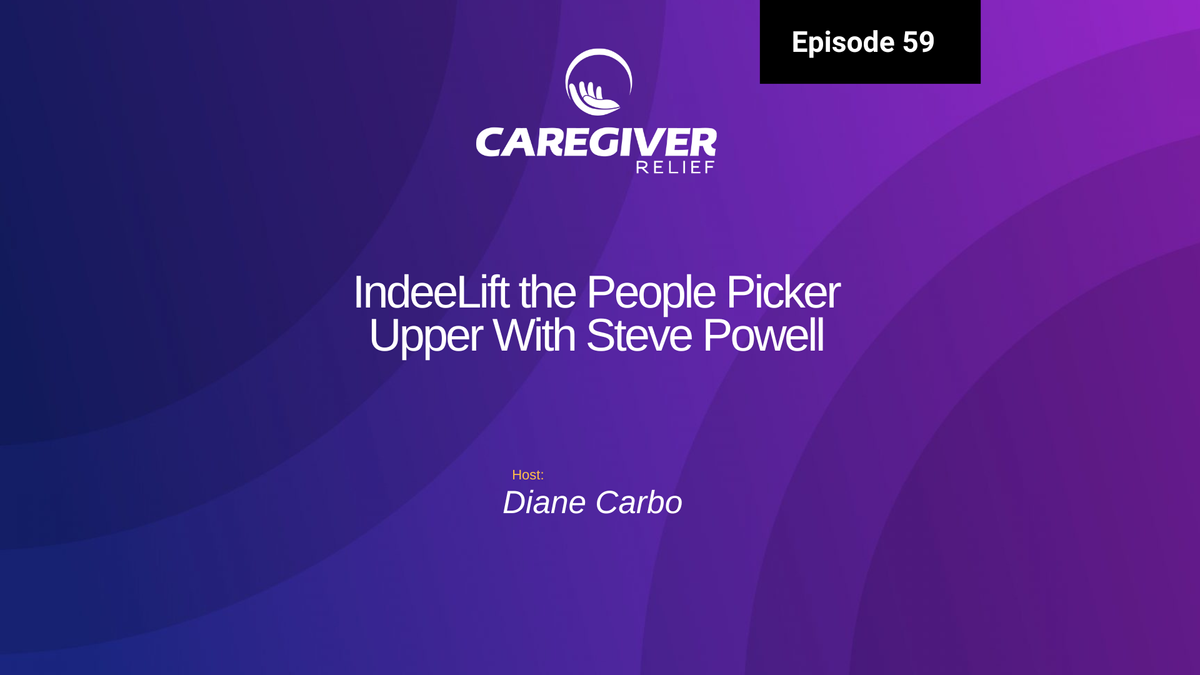
Some tips to help prevent falls:
- Wear shoes with non-skid soles with good traction to prevent slipping
- Wear bright colors or reflective material when walking outside at night
- Avoid high heels and other types of restrictive shoe styles
- Never go barefoot or wear socks or sandals
- Tuck pant legs into shoes or boots to avoid tripping over them
- Improve visibility in the home by removing loose rugs and keeping pathways clear
Having the right type of clothing and footwear can help lower the chances of a fall. Make sure to talk to your doctor about any safety precautions that might be necessary for your individual situation.
It is important to remember that falls are preventable. Taking the right steps, like getting enough exercise, eating properly, and being aware of medication side effects, are just a few ways that falls can be prevented. It is also beneficial to create supportive communities and take advantage of accessible safety technology.
By implementing the strategies discussed in this guide, we can help reduce the number of falls and the injuries associated with them. We hope this guide has equipped you with the tools and the information you need to stay safe and remain independent.
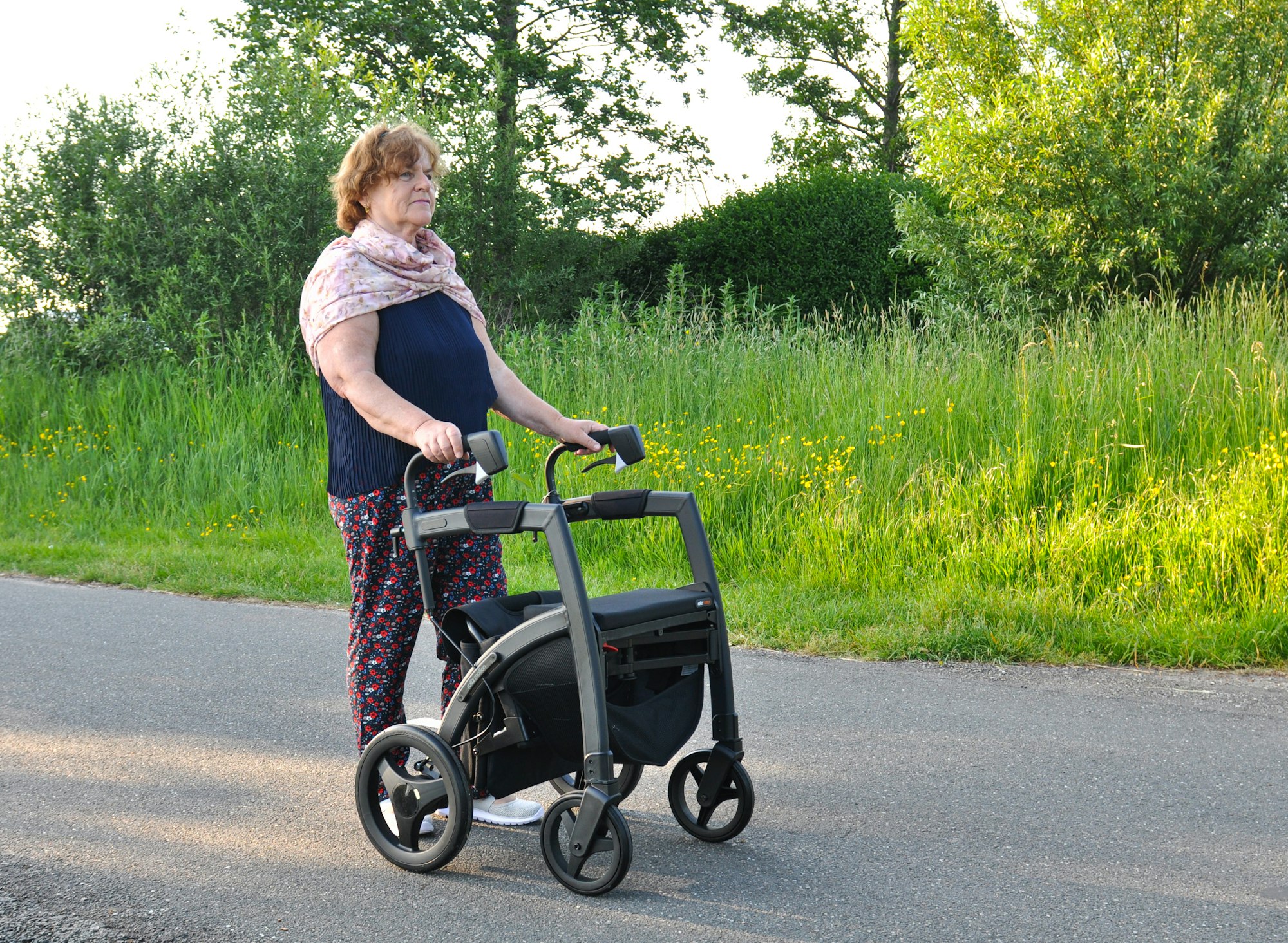
More on Fall Prevention and Fall Recovery
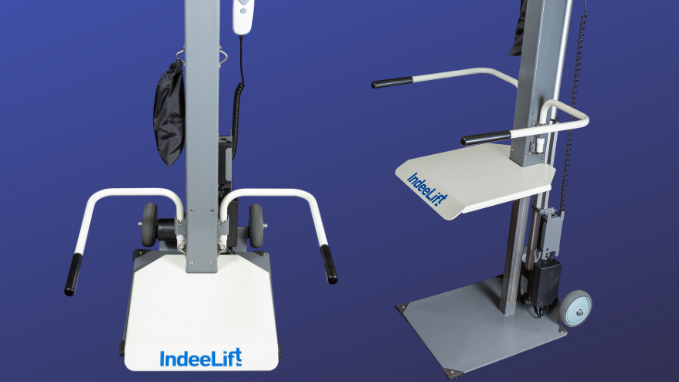
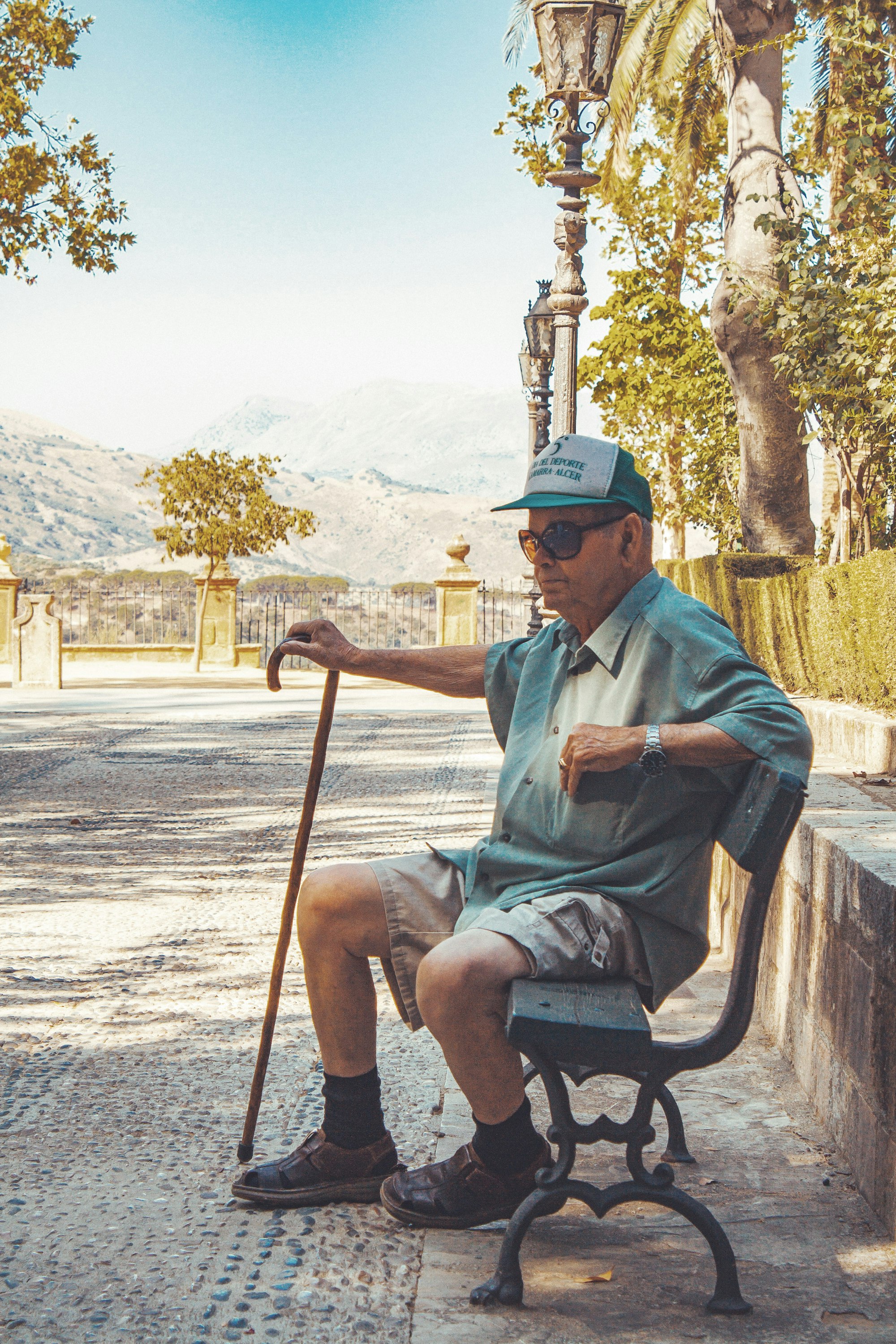


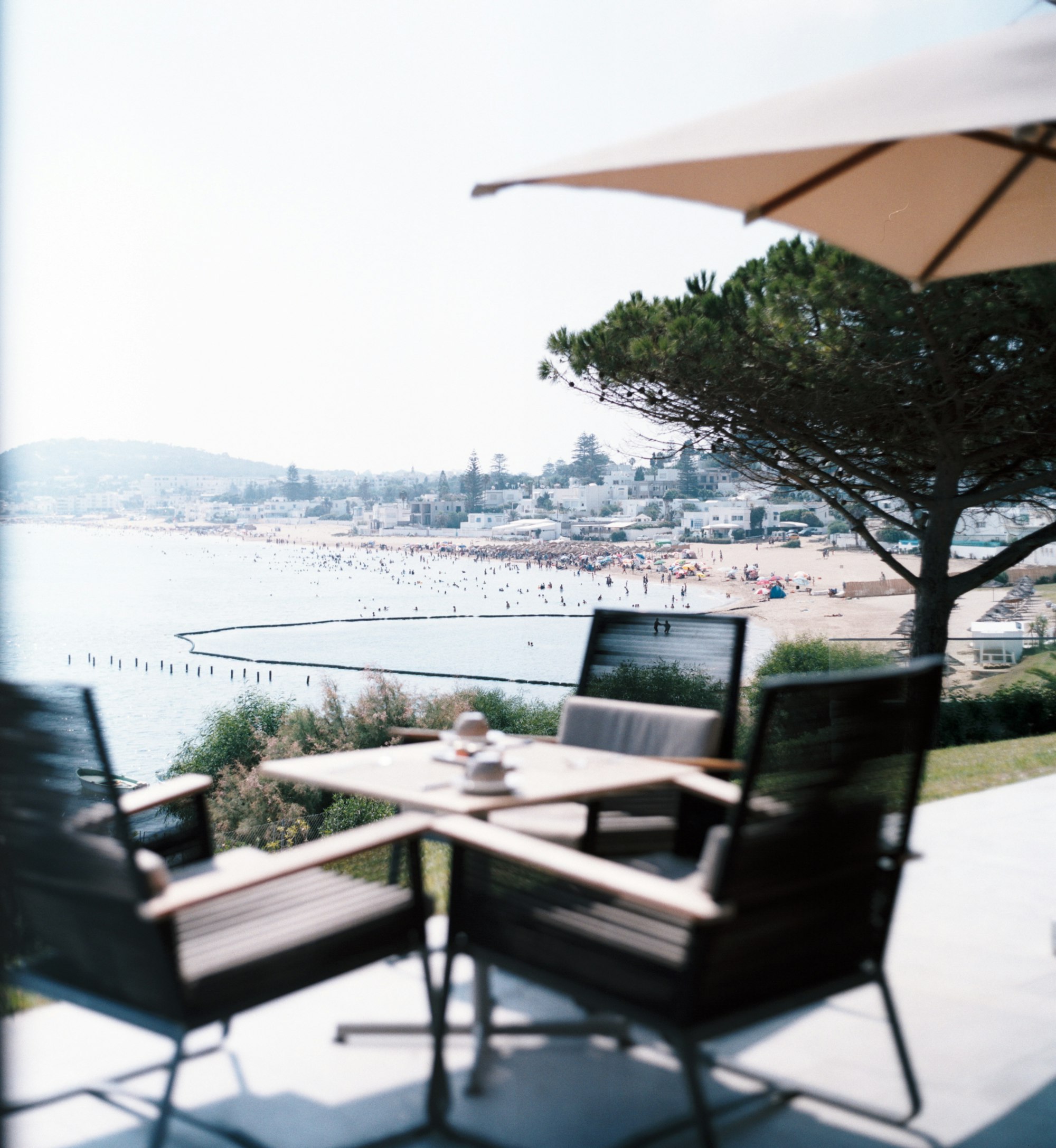
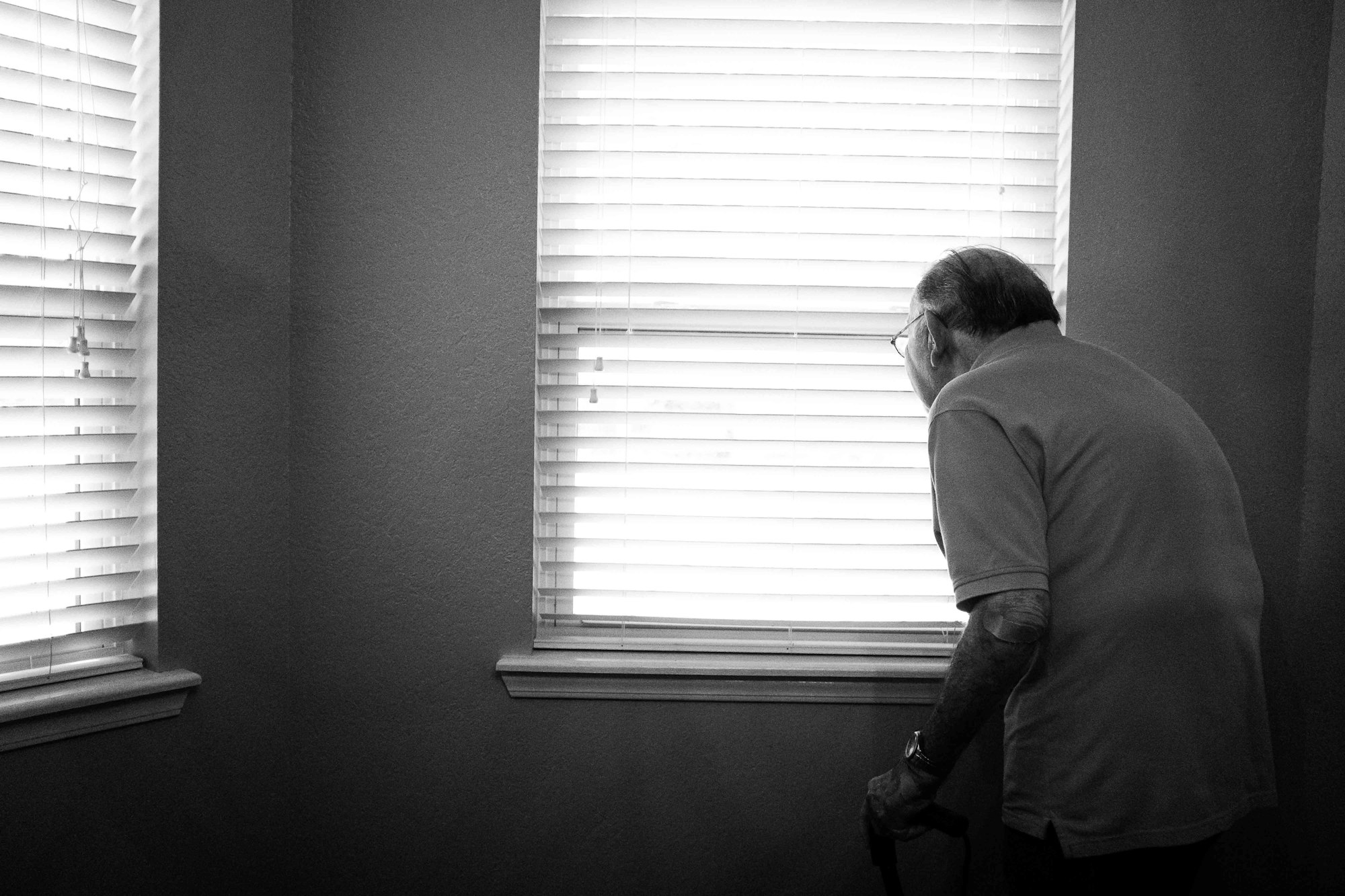
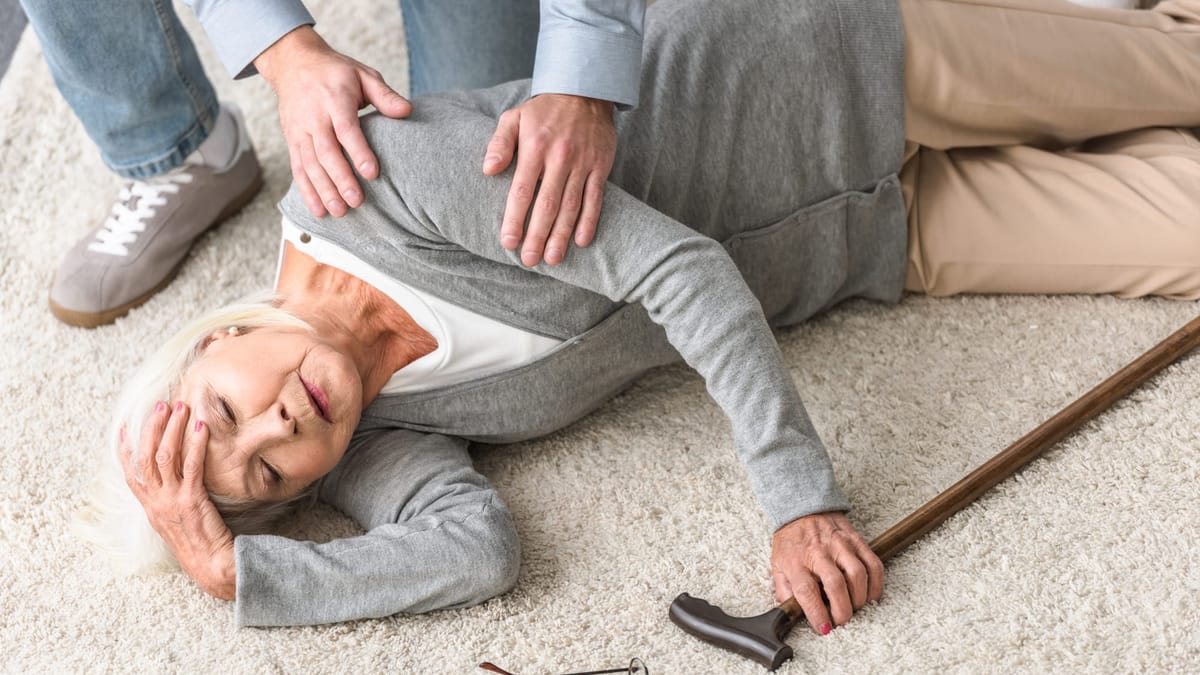

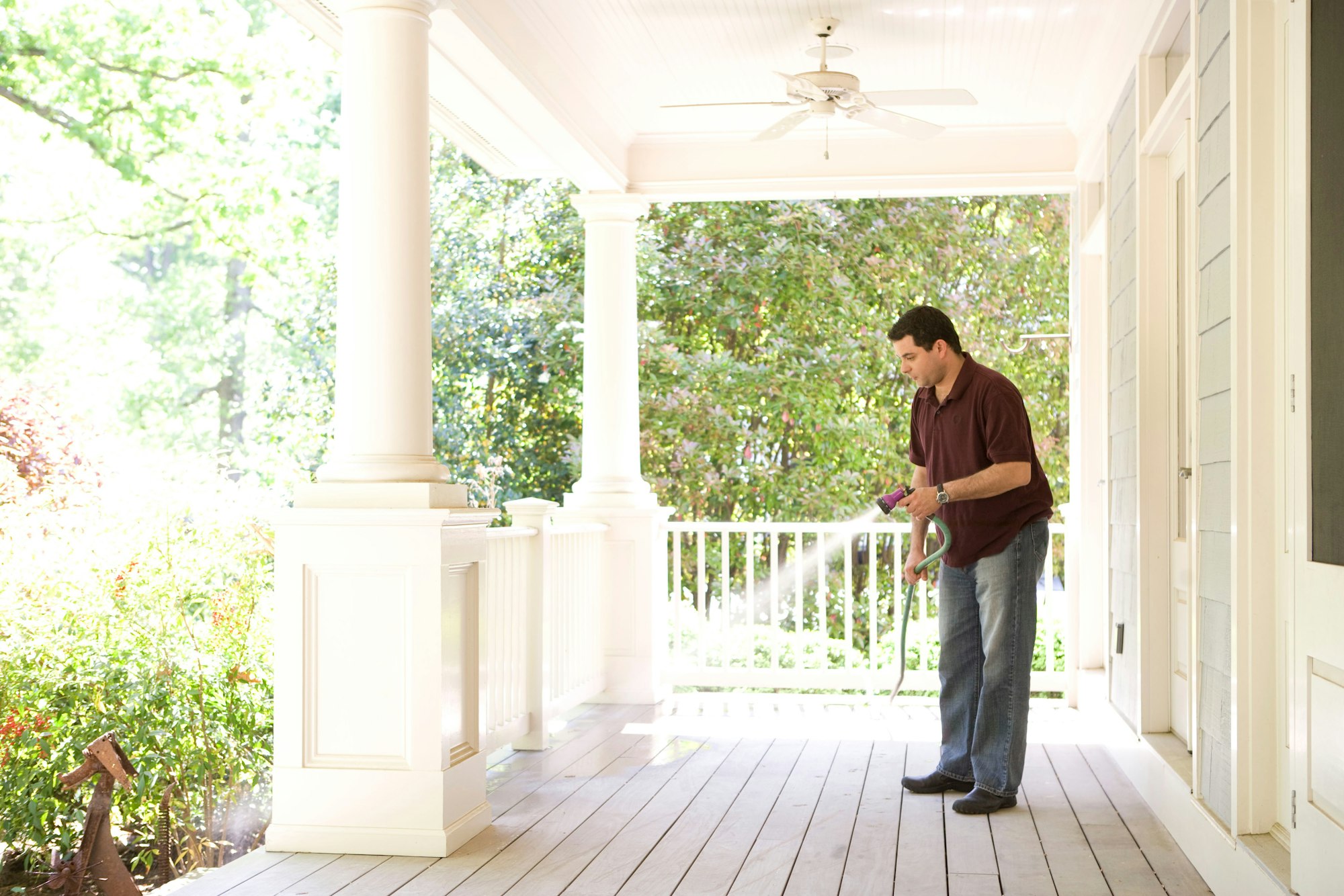
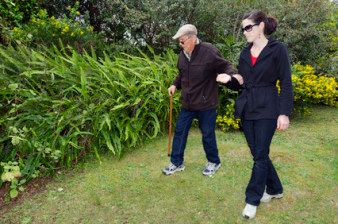
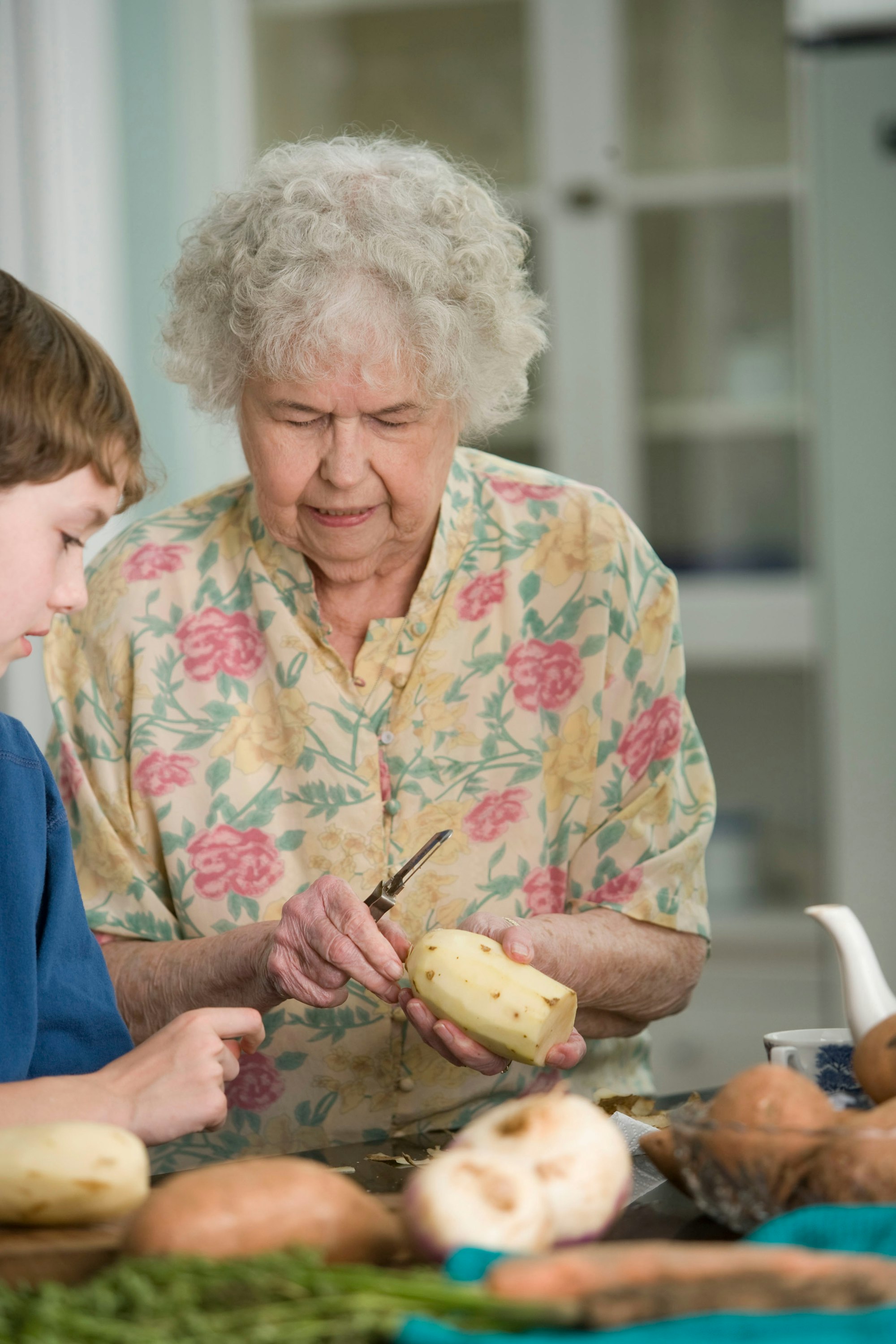
You might also like this article:






